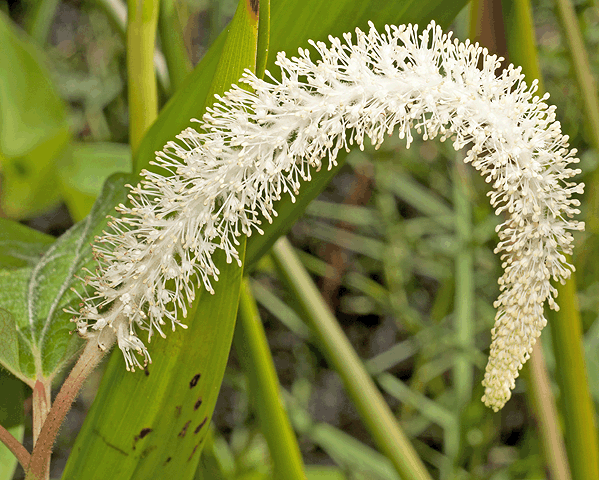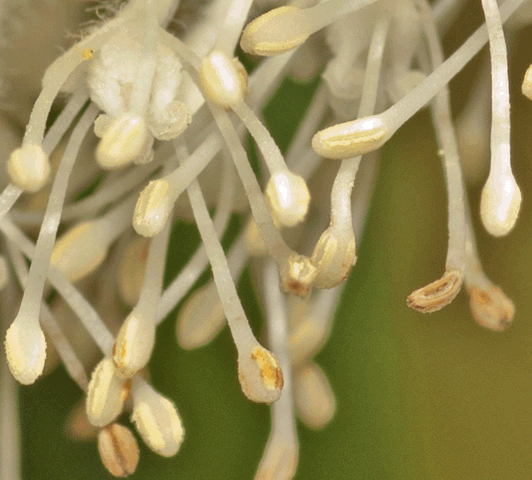Rhynchelytrum repens thru Saururus cernuus
Species Name |
Common Name |
Rhynchelytrum repens |
|
Richardia brasiliensis |
|
Richardia grandifolia |
|
Richardia scabra |
|
Roystonea regia |
|
Ruellia blechum (formerly Blechum pyramidatum) |
|
Sabal palmetto |
|
Sagittaria lancifolia |
|
Salix caroliniana |
|
Salix floridana |
|
Salvia serotina |
|
Sambucus canadensis |
|
Sansevieria hyacinthoides |
|
Saururus cernuus |
Rhynchelytrum repens Natal Grass
|
Richardia brasiliensis Tropical Mexican Clover
|
Richardia grandifolia Erect Richardia
|
Richardia scabra Rough Mexican Clover / Florida Pusley
|
Roystonea regia Royal Palm
|
Ruellia blechum (formerly Blechum pyramidatum) Green Shrimp Plant
|
Sabal palmetto Cabbage Palm
|
Sagittaria lancifolia Lance Leafed Arrowroot / Duck Potato
|
Salix caroliniana Carolina Willow / Coastal Plain Willow
|
Salix floridana Florida Willow
|
Salvia serotina Littlewomen
|
Sambucus canadensis American Elderberry
|
Sansevieria hyacinthoides Mother-In Law’s Tongue / Snake Plant
|
Saururus cernuus Lizard's Tail
|
© Photographs and text by Susan Leach Snyder (Conservancy of Southwest Florida Volunteer), unless otherwise credited above.

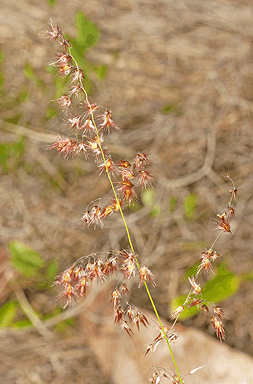
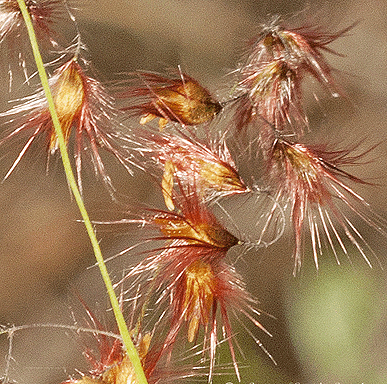
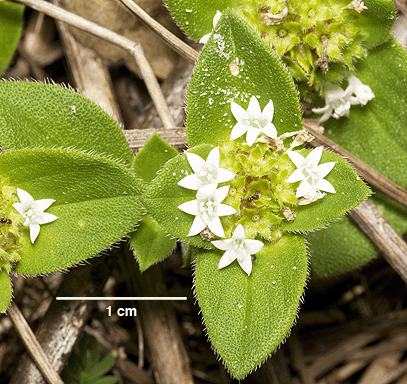
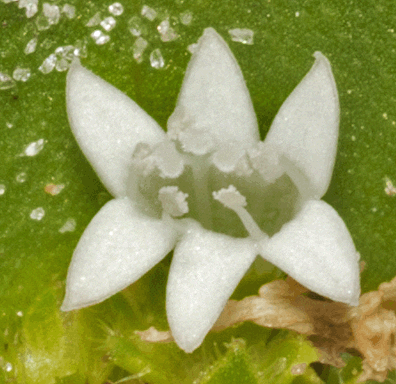
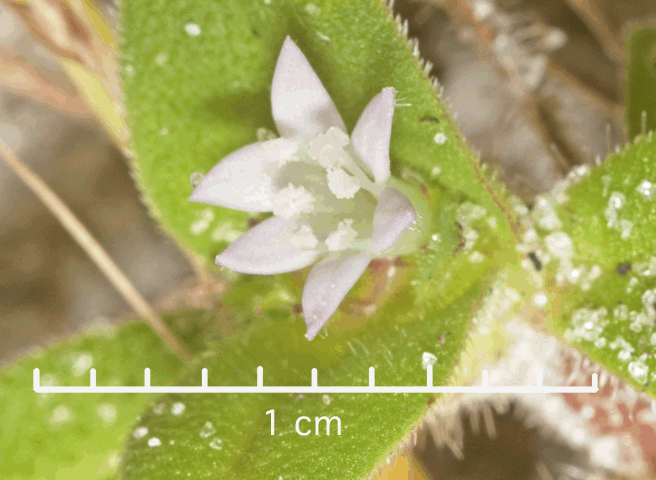 Richardia brasiliensis is a non-native, annual or perennial, deep-rooted member of Family Rubiaceae (The Madder Family). The stems are branched, up to 40 cm long, covered with hairs, and grow prostrate or upright. The leaves are opposite, elliptic to oval in shape, and hairy on both sides. They may be up to 6.5 cm long and 2.4 cm wide.
Richardia brasiliensis is a non-native, annual or perennial, deep-rooted member of Family Rubiaceae (The Madder Family). The stems are branched, up to 40 cm long, covered with hairs, and grow prostrate or upright. The leaves are opposite, elliptic to oval in shape, and hairy on both sides. They may be up to 6.5 cm long and 2.4 cm wide. 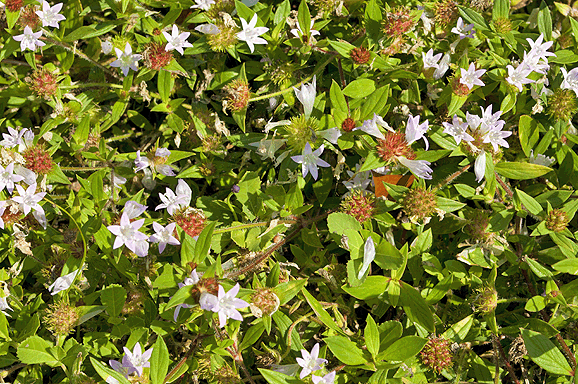
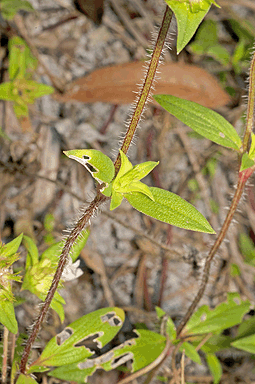
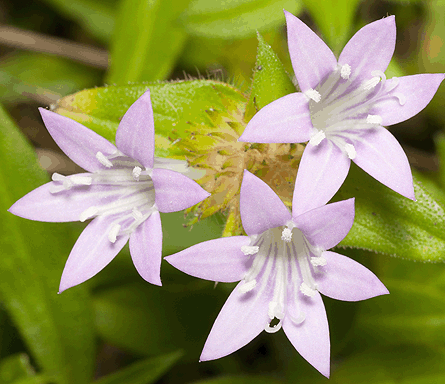
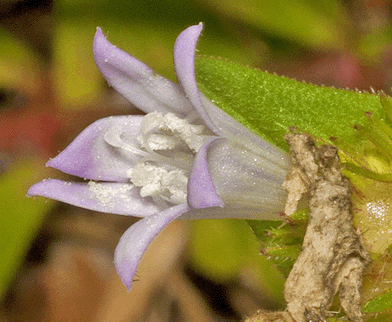

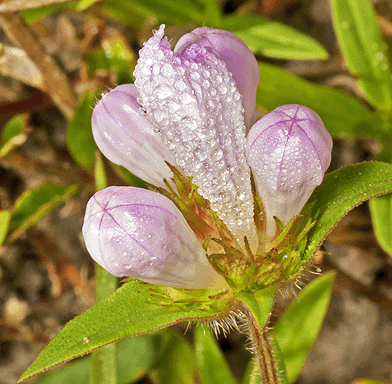
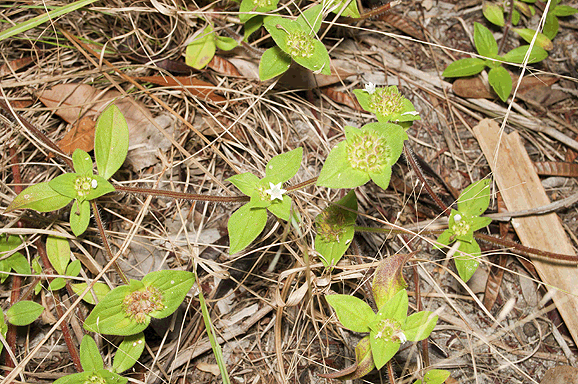
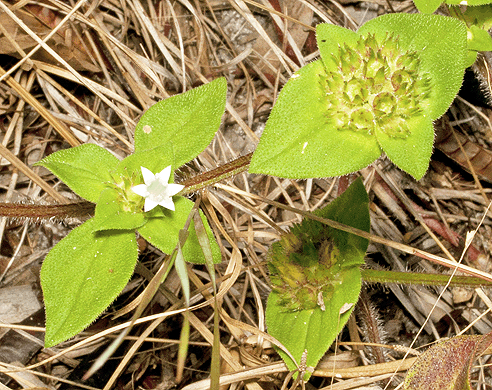
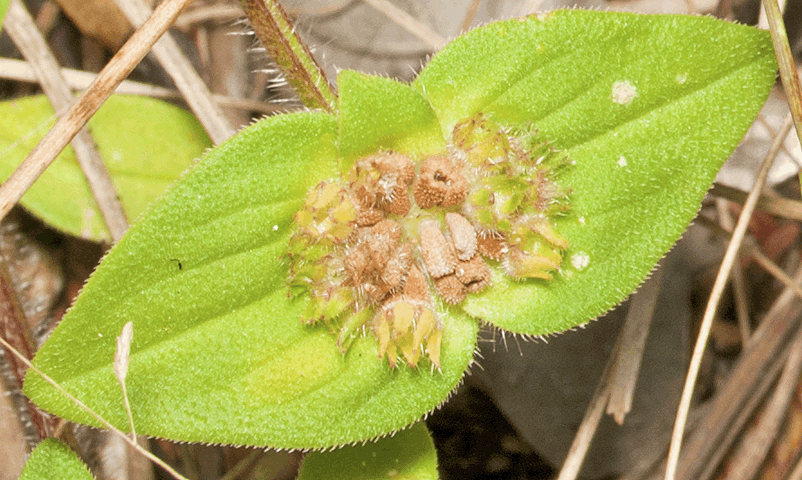
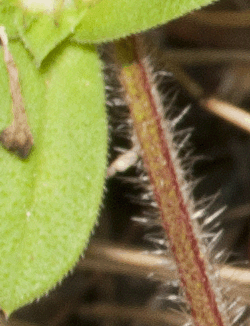 like appendages from 2-5 mm in length.
like appendages from 2-5 mm in length. 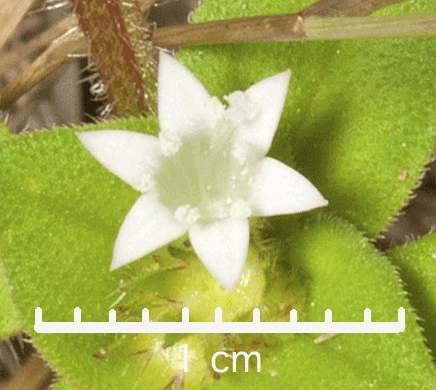
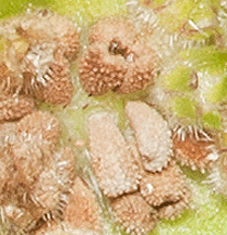 Each flower usually produces three nutlets from 2 to 3.5 mm in length and 1.5 to 2 mm in width. Rough Mexican clover nutlets are oblong to egg-shaped. The outer surface of each nutlet is covered with wart-like protuberances, as shown in the photograph on the left.
Each flower usually produces three nutlets from 2 to 3.5 mm in length and 1.5 to 2 mm in width. Rough Mexican clover nutlets are oblong to egg-shaped. The outer surface of each nutlet is covered with wart-like protuberances, as shown in the photograph on the left.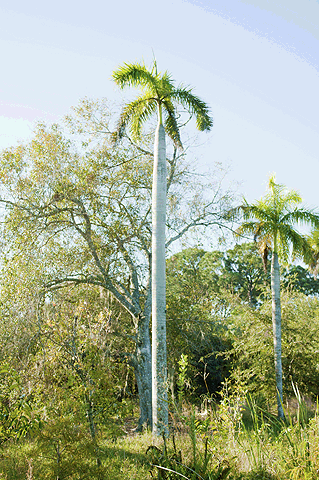
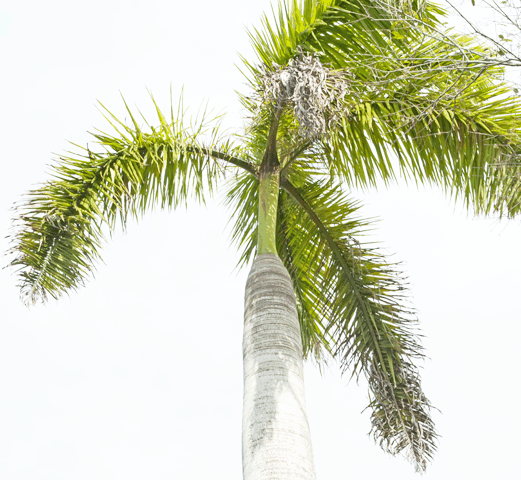 Roystonea regia is a native large palm that reaches a height of 20–35 m with a stem diameter of up to 61 cm. It is a member of Family Arecaceae (The Palmae Family). Populations of royal palms in Cuba and Florida were once thought to be separate species; they are now considered to be the same species.
Roystonea regia is a native large palm that reaches a height of 20–35 m with a stem diameter of up to 61 cm. It is a member of Family Arecaceae (The Palmae Family). Populations of royal palms in Cuba and Florida were once thought to be separate species; they are now considered to be the same species.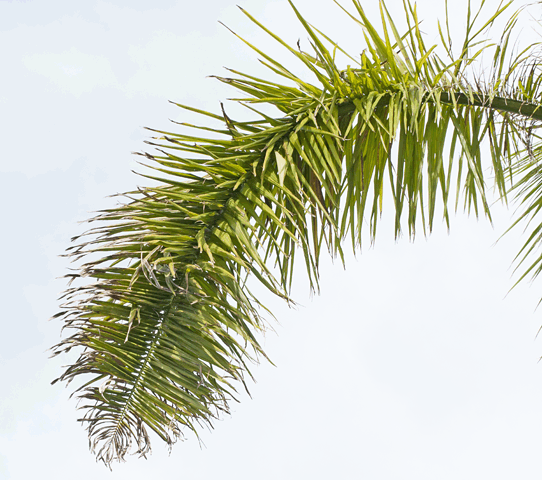 Trees have about fifteen leaves which can be up to 4 m long. The flowers are white. The fruits are spherical to elliptical in shape and 8.9 to 15 mm long and 7 to 10.9 m wide. The fruits begin as green and turn red and eventually purplish-black as they mature.
Trees have about fifteen leaves which can be up to 4 m long. The flowers are white. The fruits are spherical to elliptical in shape and 8.9 to 15 mm long and 7 to 10.9 m wide. The fruits begin as green and turn red and eventually purplish-black as they mature. 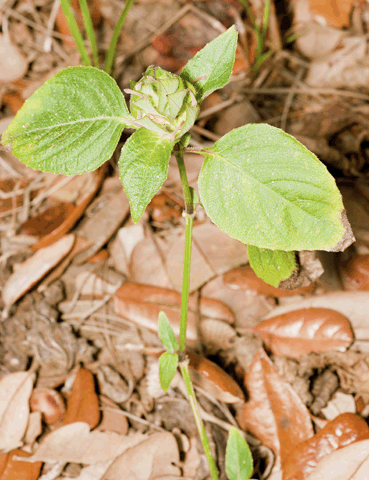
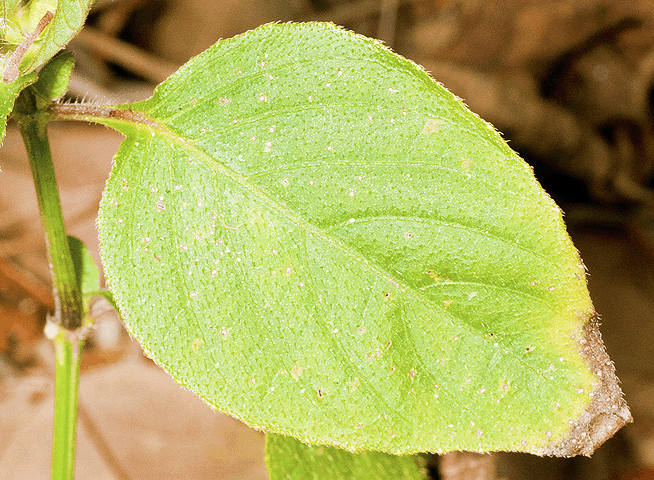
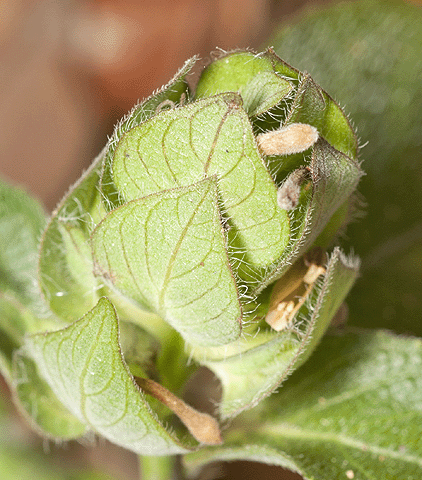
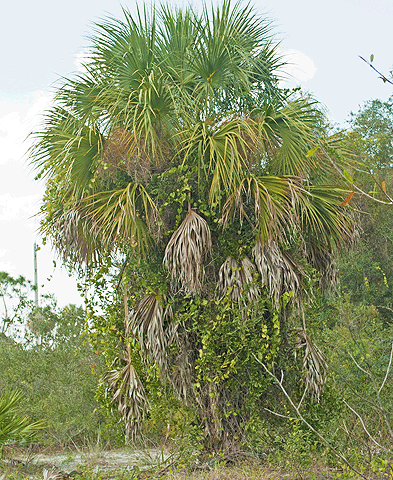
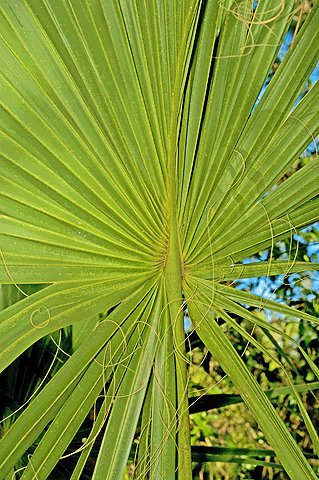
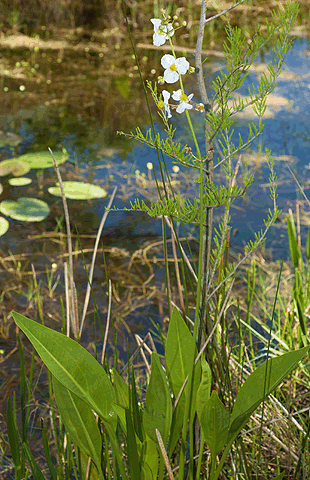
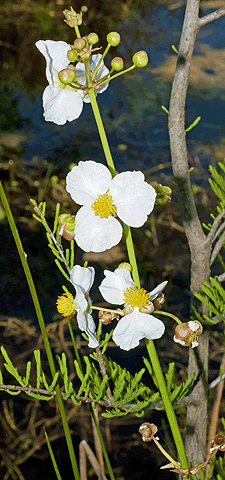
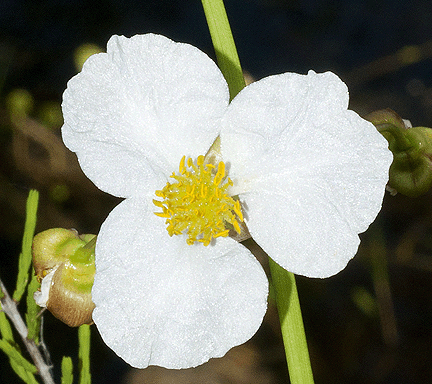
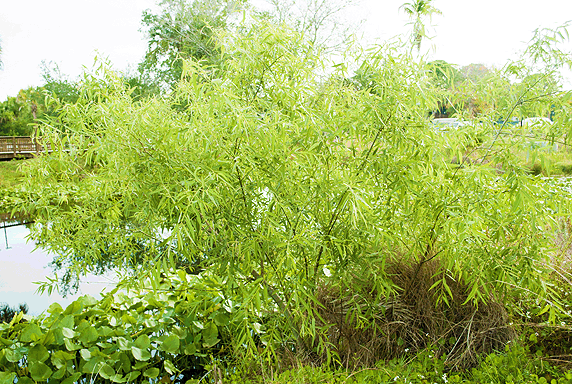
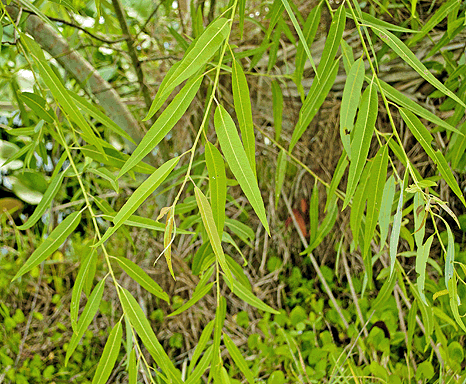
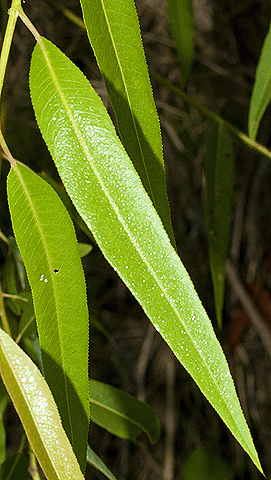
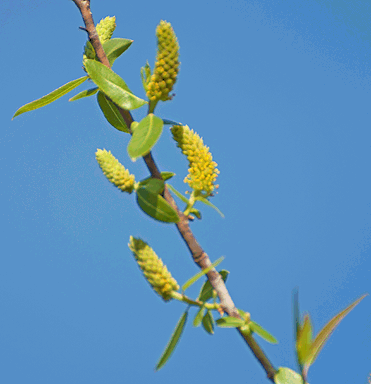
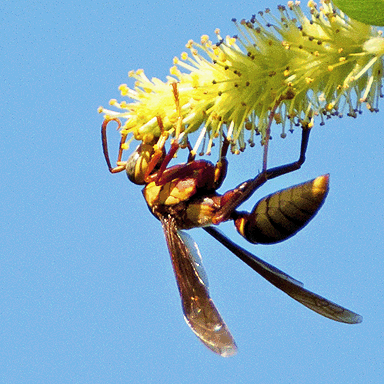
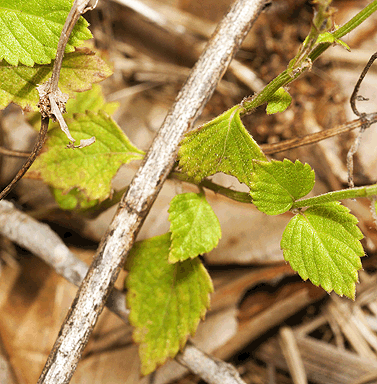
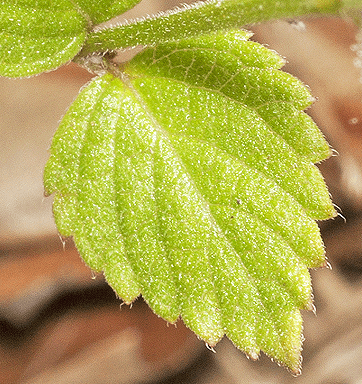

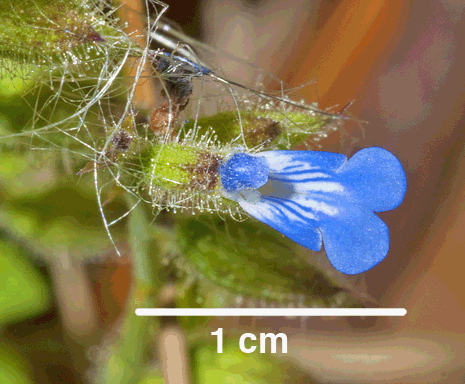
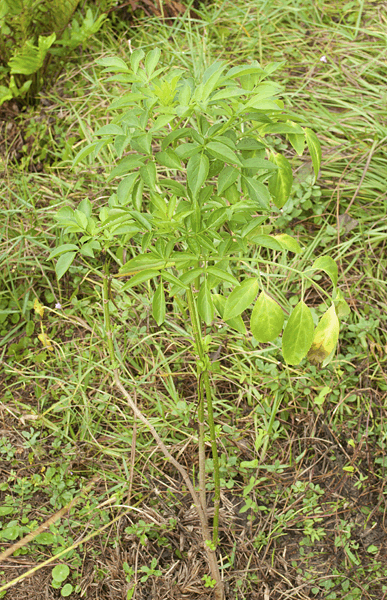
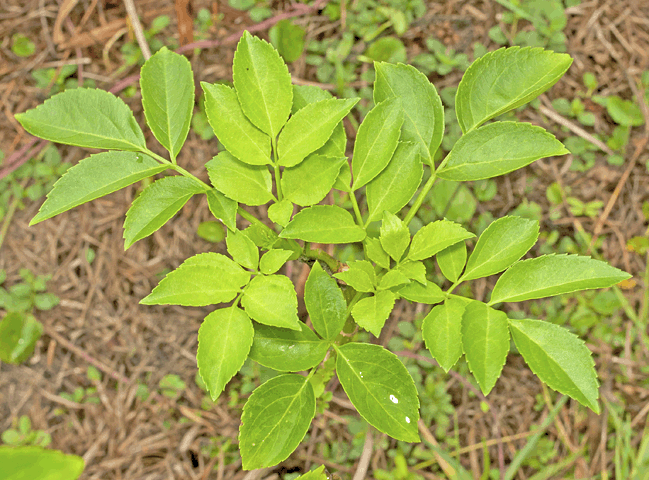

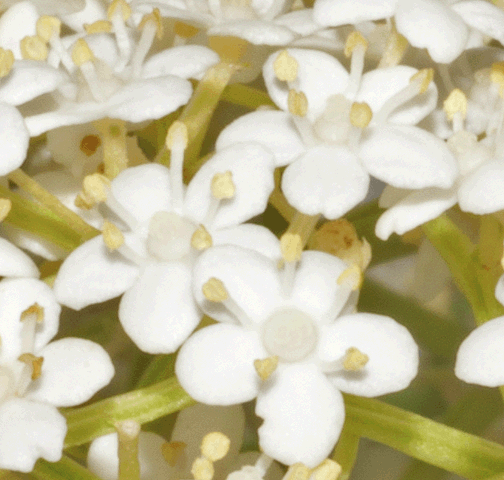
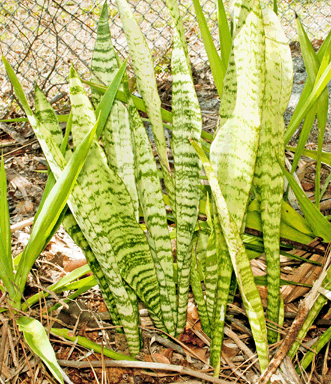
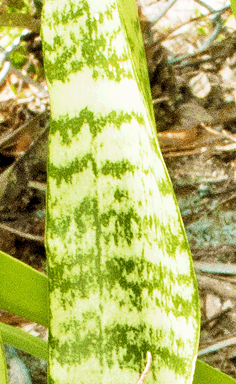 Sansevieria hyacinthoides is a non-native, erect, perennial member of Family Asparagacea, originally from Africa. Mother-In Law’s Tongue grows from thick underground rhizomes and can be one meter tall. Its leaves are basal, clumped, flat, erect, waxy, thick and .4 to 1 m long. As seen in these photographs, its leaves are mottled with light and dark green cross bands. The leaf margins are yellowish-green.
Sansevieria hyacinthoides is a non-native, erect, perennial member of Family Asparagacea, originally from Africa. Mother-In Law’s Tongue grows from thick underground rhizomes and can be one meter tall. Its leaves are basal, clumped, flat, erect, waxy, thick and .4 to 1 m long. As seen in these photographs, its leaves are mottled with light and dark green cross bands. The leaf margins are yellowish-green. 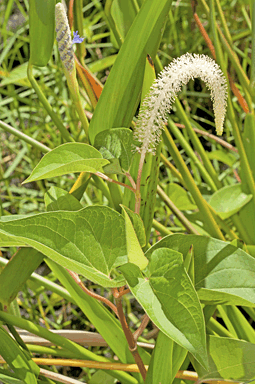
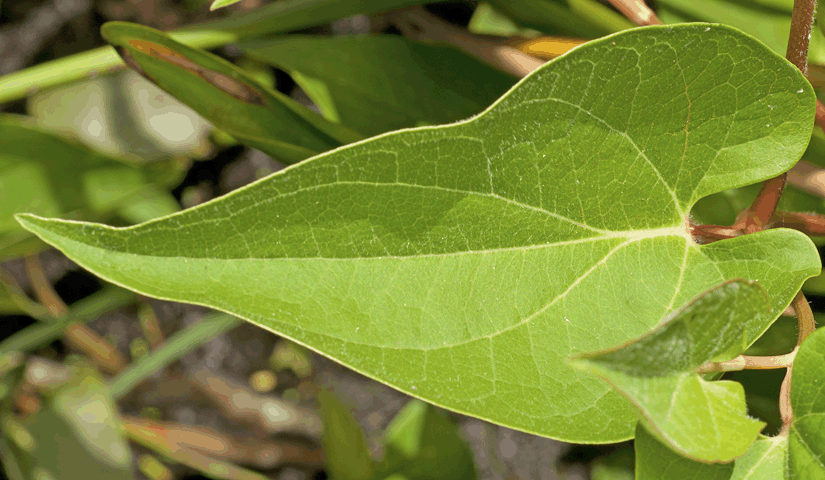
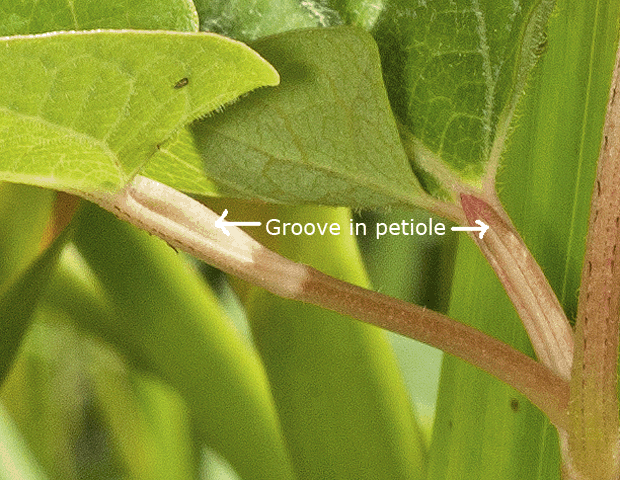 Saururus cernuus is a native, perennial, member of Family Saururaceae (The Lizard's Tail Family). Both the scientific name and common name are derived from its drooping flower clusters that resemble lizards' tails. Saururus is Greek for "lizard tail" and cernuus means "drooping" or "nodding."
Saururus cernuus is a native, perennial, member of Family Saururaceae (The Lizard's Tail Family). Both the scientific name and common name are derived from its drooping flower clusters that resemble lizards' tails. Saururus is Greek for "lizard tail" and cernuus means "drooping" or "nodding."